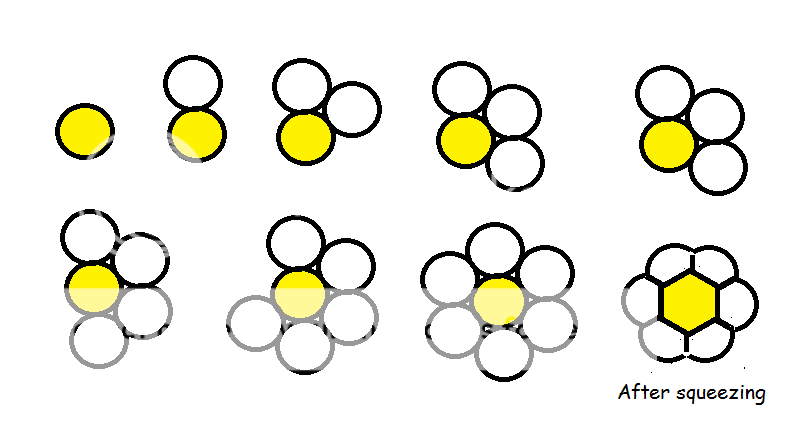The Traveling Salesman Problem isn’t some easy task to accomplish for people or even computers. Computers have to compute every possible route to determine the shortest. Yet Bees are capable of finding the shortest, most efficient route to hit all of their objectives and to consume the least amount of energy and find their way back to their nest without determining every possible route to find the most efficient.
“The traveling salesman problem is easy to state, and — in theory at least — it can be easily solved by checking every round-trip route to find the shortest one. The trouble with this brute force approach is that as the number of cities grows, the corresponding number of round-trips to check quickly outstrips the capabilities of the fastest computers. With 10 cities, there are more than 300,000 different round-trips
. With 15 cities, the number of possibilities balloons to more than 87 billion.”
https://www.simonsfoundation.org/quanta/20130129-computer-scientists-take-road-less-traveled/
That is a lot of possibilities for so few cities. A computer has to run every route before it can calculate the shortest most efficient distance or solution.
A Bee does not. “After trying about “20 of the 120 possible routes, the bees were able to select the most efficient path to visit the flowers,” Lihoreau says. “They did not need to compute all the possibilities.” A naïve bee traveled almost 2,000 meters on its first foraging bout among the pentagonal array; by her final trip, she’d reduced that distance to a mere 458 meters.”
Flying Math: Bees Solve Traveling Salesman Problem - Wired Science
“
Professor Lars Chittka from Queen Mary's
School of Biological and Chemical Sciences said: ‘In nature, bees have to link hundreds of flowers in a way that minimises travel distance, and then reliably find their way home - not a trivial feat if you have a brain the size of a pinhead! Indeed such travelling salesmen problems keep supercomputers busy for days. Studying how bee brains solve such challenging tasks might allow us to identify the minimal neural circuitry required for complex problem solving.’”
Tiny brained bees solve a complex mathematical problem


 A honey bee cell is six-sided because exactly six---no more, no less---cells of the same size can completely encompass it. My suspicion is that Slapstick may be identifying with John Belushi
A honey bee cell is six-sided because exactly six---no more, no less---cells of the same size can completely encompass it. My suspicion is that Slapstick may be identifying with John Belushi 
